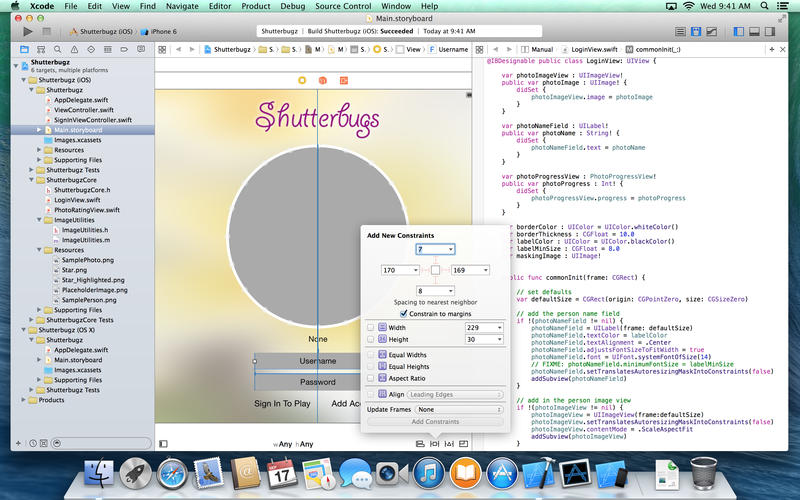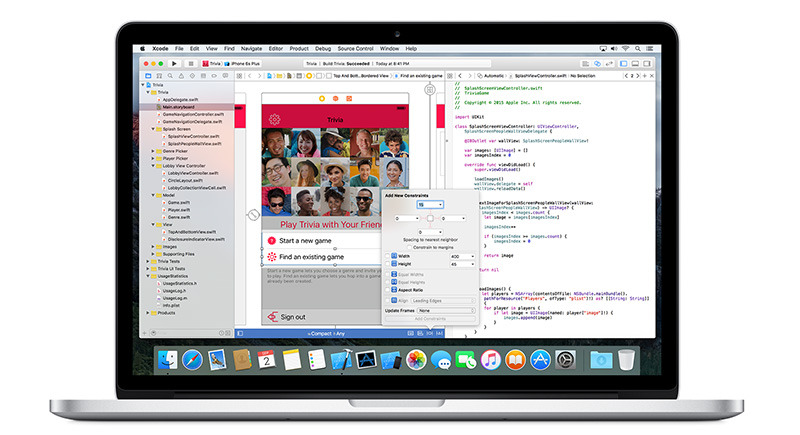

In this article, you've learned that Xcode is called an Integrated Development Environment platform because it comprises all the tools required to develop fully functional applications.
XCODE UPDATE INSTALL
After cleaning up your folder, follow the steps in part 2 to install a fresh older version of Xcode. Rid the folder of any files taking up a residence in it. Just to make sure no junk file is left unattended, use Finder to inspect the content of this directory: ~/Library/Caches/.Xcode. Step 9: Once the script is done running, quit Terminal. Step 8: Enter your administrative password to okay the process. Step 7: Type or paste sudo /Developer/Library/uninstall-devtools -mode=all and press Enter. Let's say you have any of the earliest Xcode versions, remove its leave behind files by using the steps below.


Step 5: Locate the Developer folder and delete it. Step 4: Type in ~/Library/Developer/ and press Enter. Step 3: Navigate Finder > Go > Go to Folder.
XCODE UPDATE HOW TO
Continue with the following steps to see how to completely remove the Xcode tool from your machine. Some Mac users would generally believe they have completely uninstalled an app this way, but this is not true. Step 1: Go into your Mac Applications folder, locate the Xcode icon and drag it into the Trash.

The instruction to follow is a complete Xcode removal guide. If this is what you are experiencing, consider first uninstalling your current Xcode and reinstall it later, or better, downgrade to a lower version. This cache problem is often indicated by laggy and unresponsive Xcode sessions. Part 3: Downgrade Xcode by Uninstall and ReinstallĪs you keep using Xcode, it creates or generates tons of temporary files called cache, which might keep eating up your Mac system resources. Henceforth, Xcode will remember your preference and will use the new chosen version. Step 8: To save the change, you'll need to enter your password. As you can see from the image below, the current version is 9.3, and we're choosing the 9.2 version we just choose. Step 7: Click on the option next to Command Line Tools and choose the new Xcode version you downloaded. Step 5: Navigate Xcode > Preferences from the main menu. You'll see an interface like the one below. Step 4: After unarchiving Xcode, open it. Step 3: After downloading the file, extract it using Archive Utility. In this case, we'll download Xcode version 9.2. Choose any previous Xcode version you want to move back to and download the. Step 2: When you're in, type Xcode into the search box found at the right side screen. If you're not yet signed in to your developer's account, Apple will ask you to do so. The tool will " override" the previous more recent version as long you made the choice in preference. All that is required is to install any Xcode version of yours. You don't have to uninstall your current Xcode version before you can downgrade. Follow the steps below for how to go about the Xcode downgrade process. Reverting to an earlier version may help you address issues. As previously mentioned, you might be facing frequent UI freezing, UI Test failures, or other performance-related issues. You may want to downgrade your Xcode to an earlier version for a number of reasons. Part 2: Downgrade Xcode by Downloading Older Version of Xcode
XCODE UPDATE UPDATE
Xcode is updated constantly, with each update aimed at offering the best performance and experience possible. So, you'll need a MacBook computer or iMac to use it.
XCODE UPDATE MAC OS X
In the next days, the tool was called Project Builder but renamed to Xcode somewhere around the time Mac OS X 10.3 or 10.4 was introduced. It has compilers, graphics debuggers, text editors, an integrated build system, to mention a few. It is called IDE because it packs in one place all the tools required to develop fully functional applications. Xcode is an Apple's Integrated Development Environment (IDE) that programmers can use to develop apps for iOS and macOS devices. Part 3: Downgrade Xcode by Uninstall and Reinstall


 0 kommentar(er)
0 kommentar(er)
